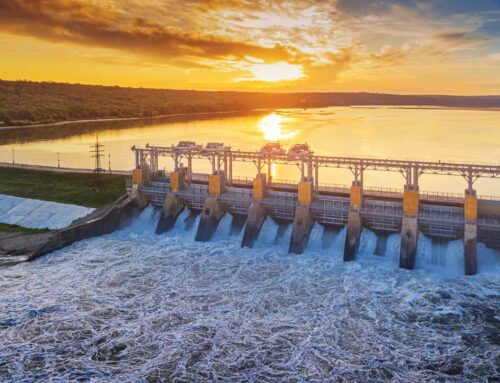NWC News Alert (March 28, 2023)
Good morning NWC world,
As an FYI, earlier this month and officially released today, Assistant Secretary of the Army (Civil Works) Michael Connor approved guidance on the definition of economically disadvantaged communities. This sets the stage for the U.S. Army Corps of Engineers (Corps) to move forward with pilot programs and other provisions that referenced this term in the Water Resources Development Act of 2020 (WRDA 2020/ P.L. 116-260 (passed in the Consolidated Appropriations Act, 2021)).
Now that the Corps has finalized the definition, they can move forward with other program guidance in WRDA 2022 (thanks Julie Minerva for flagging sections!):
- Sec. 118 Pilot programs on the formulation of Corps of Engineers projects in rural communities and economically disadvantaged communities. Implementation guidance is forthcoming and will be posted here. Relevant WRDA 2020 bill text can be viewed here starting on page 35.
- Sec. 160 Definition of economically disadvantaged communities Relevant WRDA 2020 bill text can be viewed here starting on page 130. Implementation guidance can be found here.
- Sec. 165 Continuing authority programs. Implementation guidance is forthcoming and will be posted here. Relevant WRDA 2020 bill text can be viewed here starting on page 138.
Under Connor’s memo, it states that the definition of “economically disadvantaged community” applies to all WRDA 2020 provisions, including future WRDA provisions. The memo also states that an economically disadvantaged community is defined as meeting one or more of the following:
- Low per capita income: The area has a per capita income of 80 percent or less of the national average;
- Unemployment rate above national average: The area has an unemployment rate that is, for the most recent 24-month period for which data is available, at least 1 percent grater than the national average unemployment rate;
- Indian country as defined in 18 U.S. 1151 or in the proximity of an Alaska Native Village;
- U.S. Territories; or
- Communities identified as disadvantaged by the Council on Environmental Quality’s Climate and Economic Justice Screening Tool.



